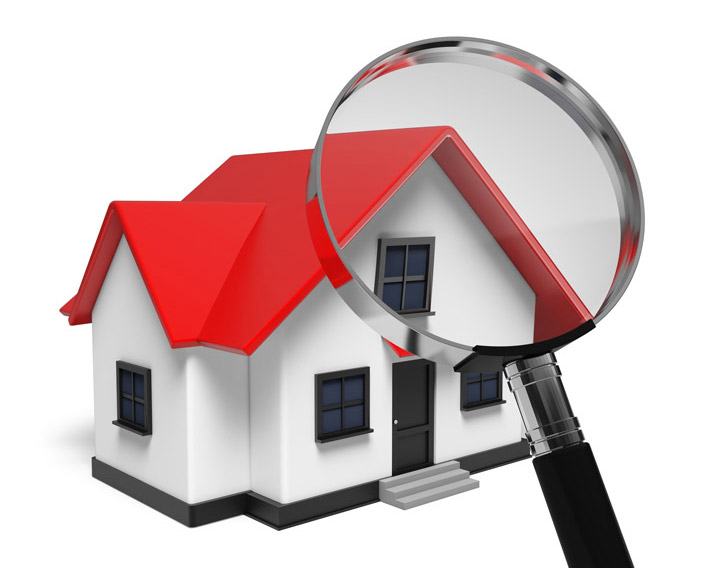
Home Appraisals: A PrimerPurchasing real estate is the biggest transaction some people will ever make. Whether it's a primary residence, an additional vacation home or a rental fixer upper, the purchase of real property is a detailed transaction that requires multiple people working in concert to pull it all off. It's likely you are familiar with the parties taking part in the transaction. The most recognizable entity in the transaction is the real estate agent. Next, the mortgage company provides the money necessary to fund the deal. The title company ensures that all areas of the transaction are completed and that a clear title transfers from the seller to the purchaser. So, who's responsible for making sure the real estate is worth the amount being paid? This is where the appraiser comes in. We provide an unbiased estimate of what a buyer might expect to pay — or a seller receive — for a property, where both buyer and seller are informed parties. A licensed, certified, professional appraiser from KDL Valuation Services will ensure, you as an interested party, are informed. The inspection is where an appraisal beginsOur first responsibility at KDL Valuation Services is to inspect the property to ascertain its true status. We must physically see features, such as the number of bedrooms and bathrooms, the location, living areas, etc, to ensure they really exist and are in the shape a reasonable person would expect them to be. To make sure the stated size of the property has not been misrepresented and convey the layout of the house, the inspection often requires creating a sketch of the floorplan. Most importantly, the appraiser identifies any obvious features - or defects - that would affect the value of the house. Following the inspection, we use two or three approaches to determining the value of real property: paired sales analysis and, in the case of a rental property, an income approach. 
Cost ApproachThis is where we pull information on local construction costs, labor rates and other elements to determine how much it would cost to build a property similar to the one being appraised. This estimate usually sets the maximum on what a property would sell for. The cost approach is also the least used predictor of value. 
Analyzing Comparable SalesAppraisers are intimately familiar with the communities in which they work. They innately understand the value of particular features to the people of that area. Then, the appraiser looks up recent sales in the vicinity and finds properties which are 'comparable' to the subject being appraised. By assigning a dollar value to certain items such as square footage, extra bathrooms, hardwood floors, fireplaces or view lots (just to name a few), we adjust the comparable properties so that they are more accurately in line with the features of subject property.
After all differences have been accounted for, the appraiser reconciles the adjusted sales prices of all the comps and then derives an opinion of what the subject could sell for. When it comes to putting a value on features of homes in Plano and Collin, KDL Valuation Services can't be beat. The sales comparison approach to value is commonly given the most consideration when an appraisal is for a home exchange. Valuation Using the Income ApproachIn the case of income producing properties - rental houses for example - the appraiser may use an additional way of valuing real estate. In this case, the amount of income the real estate yields is factored in with other rents in the area for comparable properties to derive the current value. ReconciliationCombining information from all applicable approaches, the appraiser is then ready to put down an estimated market value for the subject property. The estimate of value at the bottom of the appraisal report is not always the final sales price even though it is likely the best indication of a property's valueIt's not uncommon for prices to be driven up or down by extenuating circumstances like the motivation or urgency of a seller or 'bidding wars'. Regardless, the appraised value is often employed as a guideline for lenders who don't want to loan a buyer more money than they could get back in case they had to sell the property again. At the end of the day, an appraiser from KDL Valuation Services will help you get the most fair and balanced property value, so you can make wise real estate decisions. |